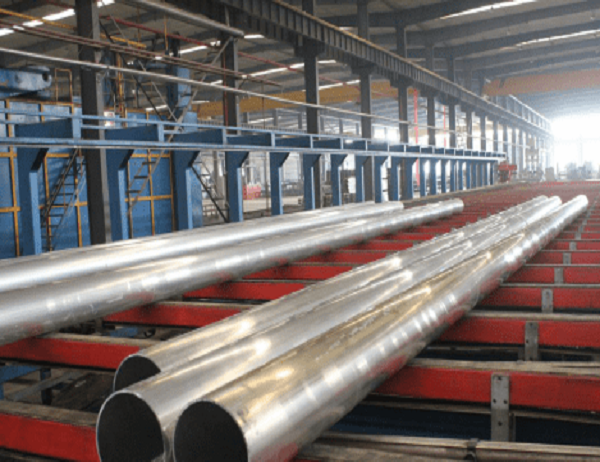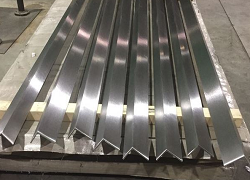In the realm of industrial fabrication, extruded aluminium tubes stand as formidable candidates for various applications. Their unique combination of properties sets them apart from conventional materials, making them the ideal choice for countless industries.
Strength and Durability Meet Lightweight Performance
Aluminium’s intrinsic strength-to-weight ratio grants extruded tubes exceptional durability while maintaining a minimal mass. This attribute unlocks opportunities for lightweight designs in aerospace, transportation, and consumer electronics.
Corrosion Resistance and Versatility
Aluminium’s innate corrosion resistance is a crucial advantage. Its natural oxide layer effectively shields it from environmental factors, ensuring longevity even in harsh conditions. Its versatility extends to its ability to be anodized or coated with other materials, further enhancing its protection and aesthetics.
Exceptional Thermal Conductivity
Extruded aluminium tubes boast excellent thermal conductivity. This property enables efficient heat transfer, making them ideal for heat exchangers, refrigeration systems, and automotive radiators.
Comparison to Other Materials
Steel: Steel tubes offer superior strength but are prone to corrosion and weigh more.
Plastic: Plastic tubes are lightweight and corrosion-resistant but lack the strength and thermal conductivity of aluminium.
Copper: Copper tubes have high thermal conductivity but are more expensive and susceptible to oxidation.
Applications Across Industries
Extruded aluminium tubes find widespread use in:
Aerospace: structural components, fuel lines, heat exchangers
Automotive: chassis, suspension systems, cooling tubes
Construction: window frames, facades, railing systems
Electronics: heatsinks, cooling fins, housings
Medical: surgical instruments, medical devices
A Superior Choice for Modern Fabrication
Extruded aluminium tubes combine the advantages of strength, durability, corrosion resistance, and thermal conductivity. They are versatile, customizable, and offer significant weight and cost savings. As a result, they have become the preferred choice for demanding applications across various industries, driving innovation and technological advancements.



